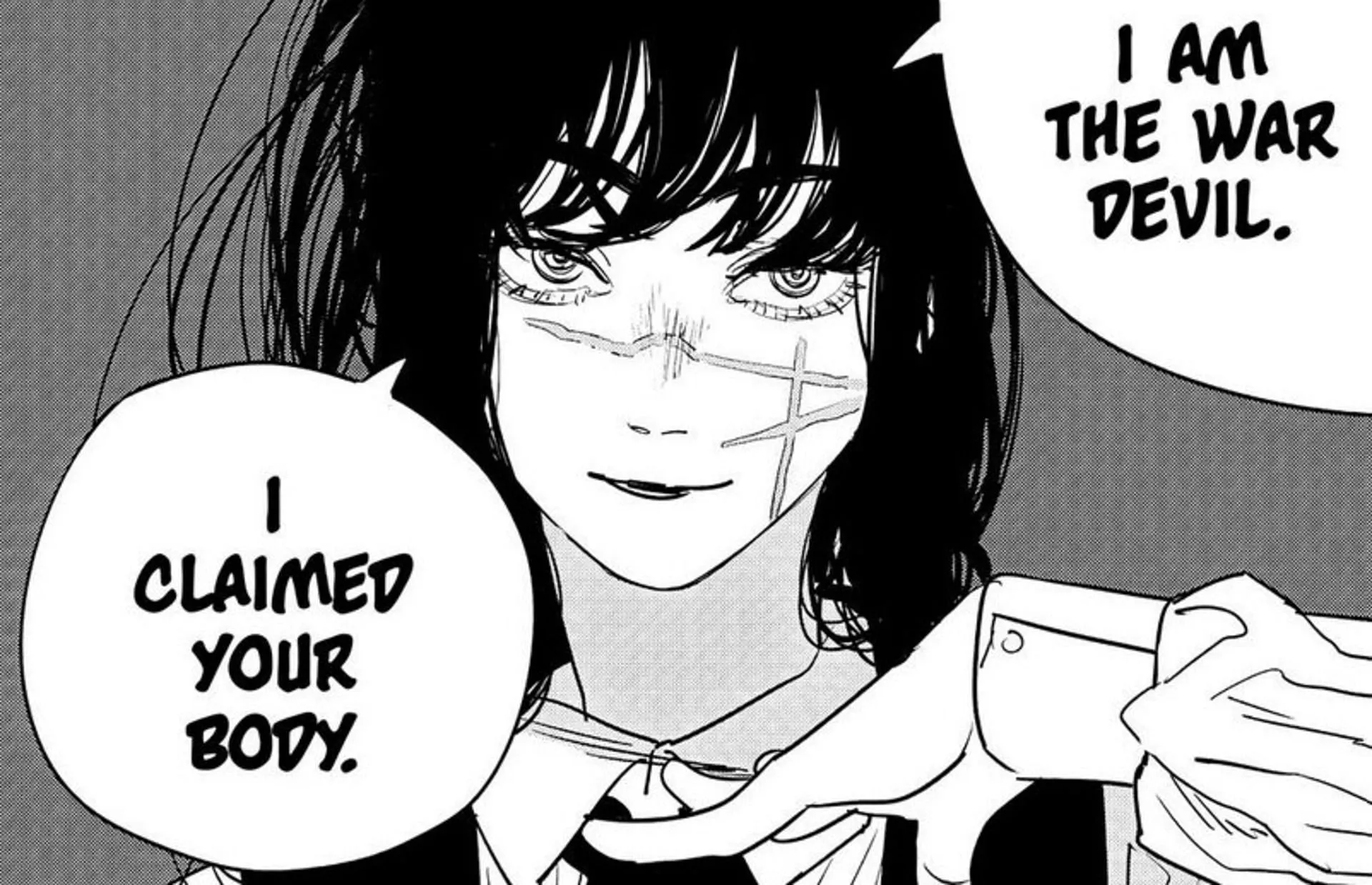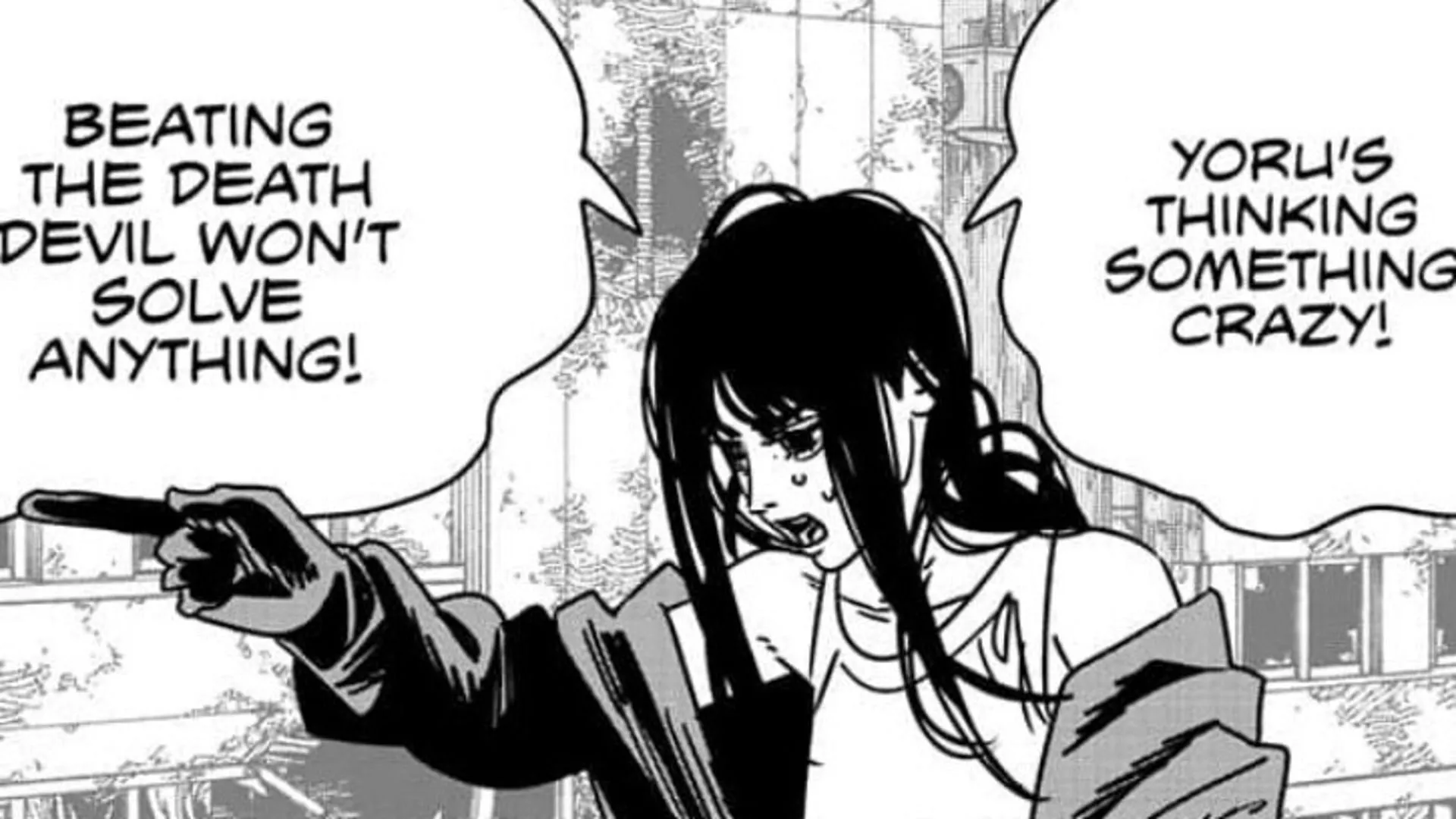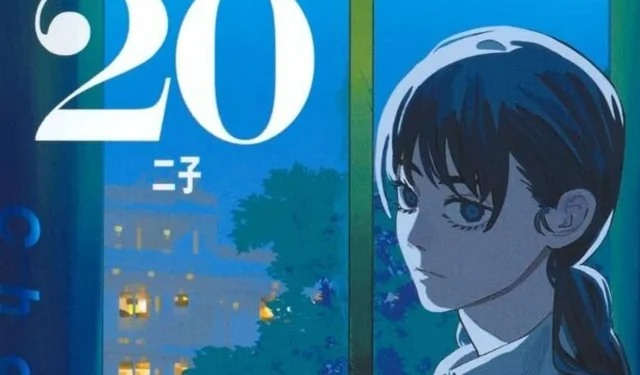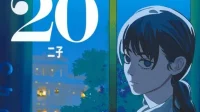In the intricate world of Chainsaw Man, Asa Mitaka’s recent absence amid escalating chaos has left fans eager for her return. As new twists unfold, including Yoru’s Machiavellian proposals to Denji and the shocking revelation regarding the true identity of the Death Devil, Asa remains a pivotal character who has yet to be fully explored in the current arc.
Although Asa briefly reestablished control over her body—expressing her disapproval of Yoru’s “terrible plan”and reflecting on her previous wish for Denji to eliminate her—the storyline has largely overlooked her significance. With the new chapters on the horizon, the potential for Asa’s re-emergence looms large. Notably, the latest cover for Chainsaw Man volume 20 promises tantalizing glimpses into her character arc, potentially signaling the direction her journey may take.
Disclaimer: The following analysis is speculative and represents the author’s perspective.
Cover Art Insights: Asa’s Evolving Journey
The front cover of volume 20 features Asa standing by a window with a contemplative expression, symbolizing her struggle for autonomy and her evolving relationship with the War Devil that resides within her. This depiction hints at a potential reconciliation between the two entities, suggesting that cooperation may become a central theme in their narrative.
Moreover, Asa’s introspective posture hints at her current mental state. Past covers typically showcased characters within vibrant cityscapes or enclosed spaces, but Asa’s internal focus starkly contrasts with the chaotic world outside. This separation is profound and serves as a visual metaphor for her introspection amid the turmoil surrounding her.
Turning to the inside cover reveals an even more striking image: Asa gazing out a window onto a city engulfed in flames. This stark imagery likely signifies the ominous control of Yoru over her body—an interpretation that aligns with Fujimoto’s signature style of embedding layers of meaning within his artwork. The contrast between the two covers—one reflective and the other tumultuous—could symbolize Asa’s past sense of agency versus her current state of powerlessness.

Instances of Yoru dominating Asa’s body, such as during the confrontation with Chainsaw Man, illustrate the struggle for control—an experience that leaves Asa as a mere observer while devastation unfolds around her. This dynamic takes a darker turn when Yoru manipulates Denji with offers reminiscent of Makima’s tactics, illustrating the unsettling dynamics in their relationships.
The duality of the covers encapsulates the theme of Time, reflecting both Asa’s past and her current predicament. The exterior cover represents a period when Asa commanded her own destiny and exerted influence over Yoru. Contrastingly, the inner cover portrays her as a passive observer within her own narrative, vulnerable to Yoru’s whims.
Such poignant imagery suggests a foreshadowing of tumultuous events ahead. Asa’s view of a burning city could signal an impending conflict, particularly with Yoru’s sister, implicating further chaos in the storyline.
Concluding Thoughts

The compelling imagery of Chainsaw Man volume 20 underscores Asa Mitaka’s complex inner turmoil, juxtaposing her past autonomy against her present struggle with Yoru. The striking contrasts in cover art reflect her psychological battle, transitioning from a position of control to one of helplessness amidst chaos.
As the plot thickens with revelations surrounding Death and Yoru’s unsettling maneuvers, Asa’s future remains shrouded in uncertainty. Whether her return will symbolize resistance against Yoru’s manipulations or a continued descent into submission remains to be seen. Yet, the artwork strongly implies that Asa’s journey ahead is fraught with challenges, potentially reshaping the overarching narrative of Chainsaw Man.


